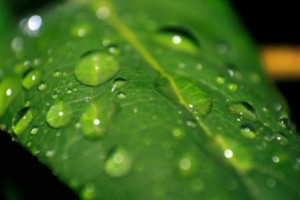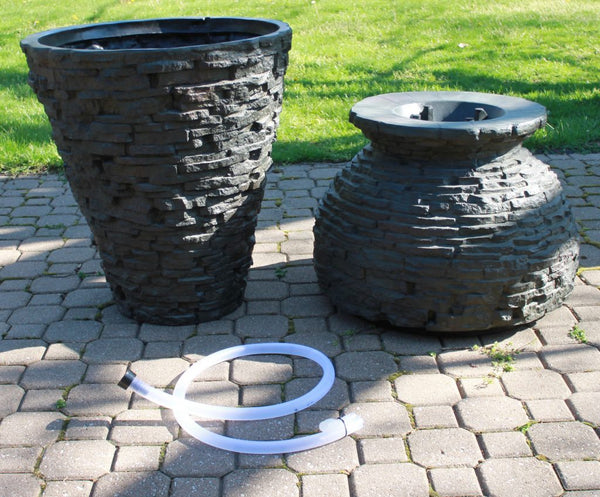Just a recap in the Series of GreenScaping: The Easy Way to a Greener, Healthier Yard
- Step 1: Build and Maintain Healthy Soil
- Step 2: Plant Right for Your Site
- Today’s Post: Step 3: Practice Smart Watering
Water Deeply, But Infrequently
Most plants do best when their roots are allowed to dry out between watering. Learn the signs of when its time to water. For example, your lawn is in need of watering when footprints remain after you walk across it. Vegetables and other annuals will show signs of wilting, but other established perennials will only need watering if they remain wilted after the evening cool-off. Trees and shrubs, once established, won’t need watering unless for extreme cases of drought.
Make Every Drop Count
Having a healthy and beautiful lawn and plants doesn’t have to jack up your water bill. Consider some of these water saving activities:
- Help retain moisture and reduce evaporation in your soil by adding compost and by mulching.
- Select low-water-use plants. Once established, they thrive exclusively on rainfall.
- Soaker hoses and drip irrigation on beds are huge water savers. They save as much as 50 percent compared to sprinklers.
- Incorporate a water timer. This will assure the correct amount of water and the appropriate time of day for watering.
- Water in the early morning. Watering mid-day actually allows for evaporation and evening watering allows for mold and other plant diseases.
- Water lawns separately from other plantings. Ensure the sprinklers are properly aimed and aren’t watering the pavement.
Let the Rain Soak In
Utilize your rain. If not used, the rain flows from roofs, pavement and compacted soil. It eventually will cause flooding downstream, which in turn, causes erosion and pollution after picking up pollutants along the way.
- Direct downspouts to your yard, or into rain barrels or rain gardens.
- The use of compost and mulch can help retain this rain and help prevent erosion.
- Use open pavers or gravel instead of pavement to allow rain to seep into the soil.



